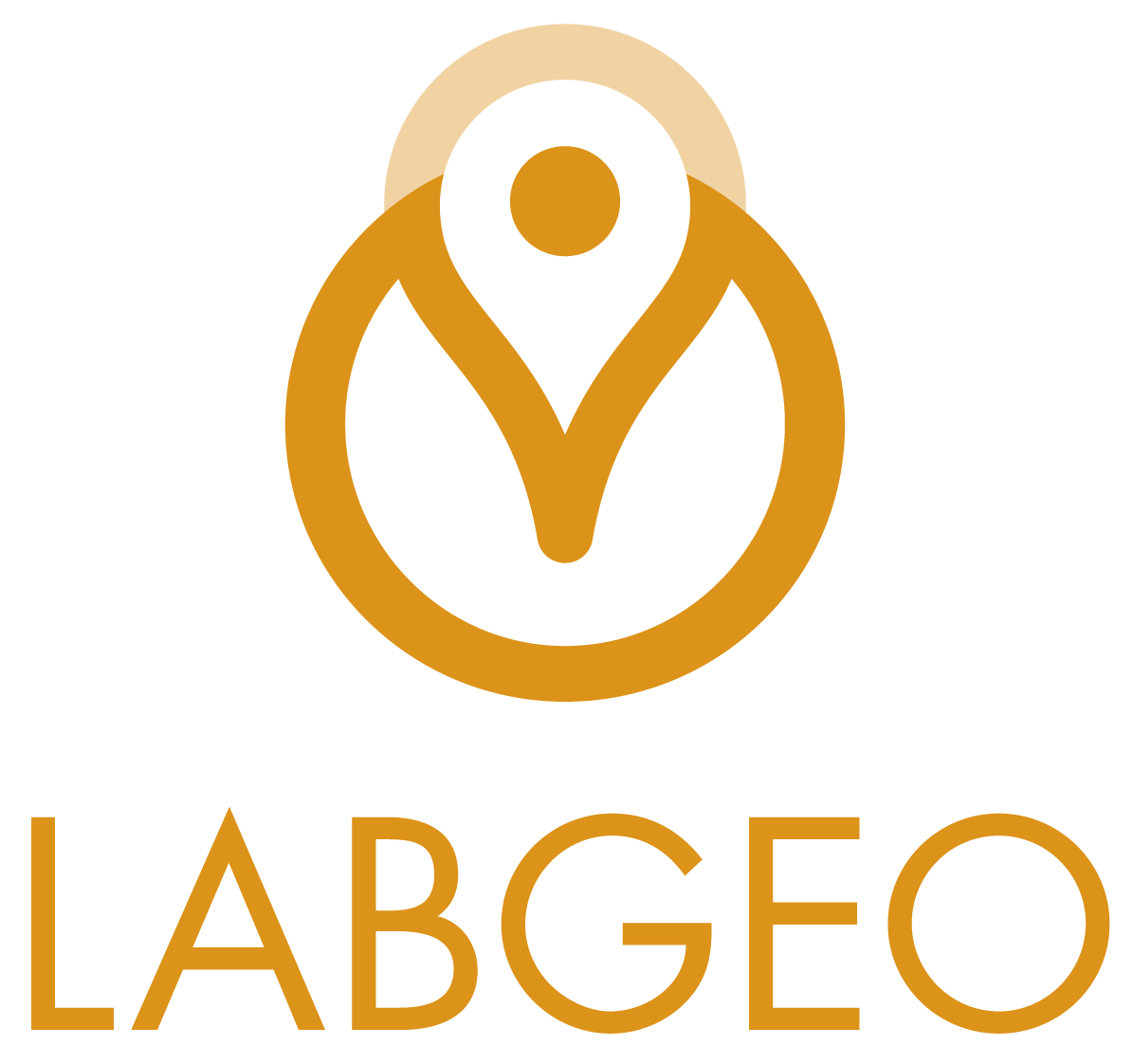WetTus - Wetlands Atlas of Tuscany
The core of the project are the wetlands of the coastal and inland Tuscany (historical transformations and environmental, historical-cultural and socio-economic components).
Wetlands, once economically marginal and unhealthy, are now considered a resource in terms of biodiversity and as places that attract responsible tourism.
The aim of the project evolved in response to the desire to visualize and analyze regional land-use change and to project into the future the spatial pattern that results from existing and proposed land-use policies.
WetTus – Wetlands Atlas of Tuscany
Funded by Regione Toscana within “POR FSE 2007-2013, obiettivo 2, asse IV”
PI: Professor Margherita Azzari
Research Team: Camillo Berti, Paola Zamperlin, Riccardo Armellini, Maria Borretta, Irene Calloud, Peter Conti, Fulvio Landi, Mattia Michelacci, Tiziana Pileggi, Giulio Tarchi.
The research has entailed the realization of a geographic database on territorial transformations towards the historical reconstruction of the territorial evolution of the wetlands and former wetlands in Tuscany. This has been developed through an integrated system of widely-different knowledge sources (e.g., cartographic, photographic, statistical, documentary and material sources) and through the implementation of a supporting system to decision-making for the support of local sustainable development.
The research has been structured as an activity allowing for systemizing knowledge via the creation of a geodatabase which can manage different types of data; as an activity to further knowledge via spatial analysis operations; as an activity allowing for knowledge dissemination, thanks to the choice to utilize data formats and infrastructures which guarantee the maximum interoperability, within the framework of a dialogue and integration amongst the different information system in the region.
The coastal and inland wetlands of Tuscany (Costa Apuana, Versilia, litorale pisano-livornese, Maremma grossetana, Laguna di Orbetello, Paduli di Bientina and Fucecchio, Valdichiana) have been the objects of the research with respect to their historical transformations to the current status, their environmental, historical-cultural and socio-economic components.
In the past wetlands have been considered as economically marginal and often unhealthy places, today there is agreement that there are resources, not only with respect to biodiversity, but also from the economic viewpoint as they are places able to attract a conscious and sustainable tourism.
